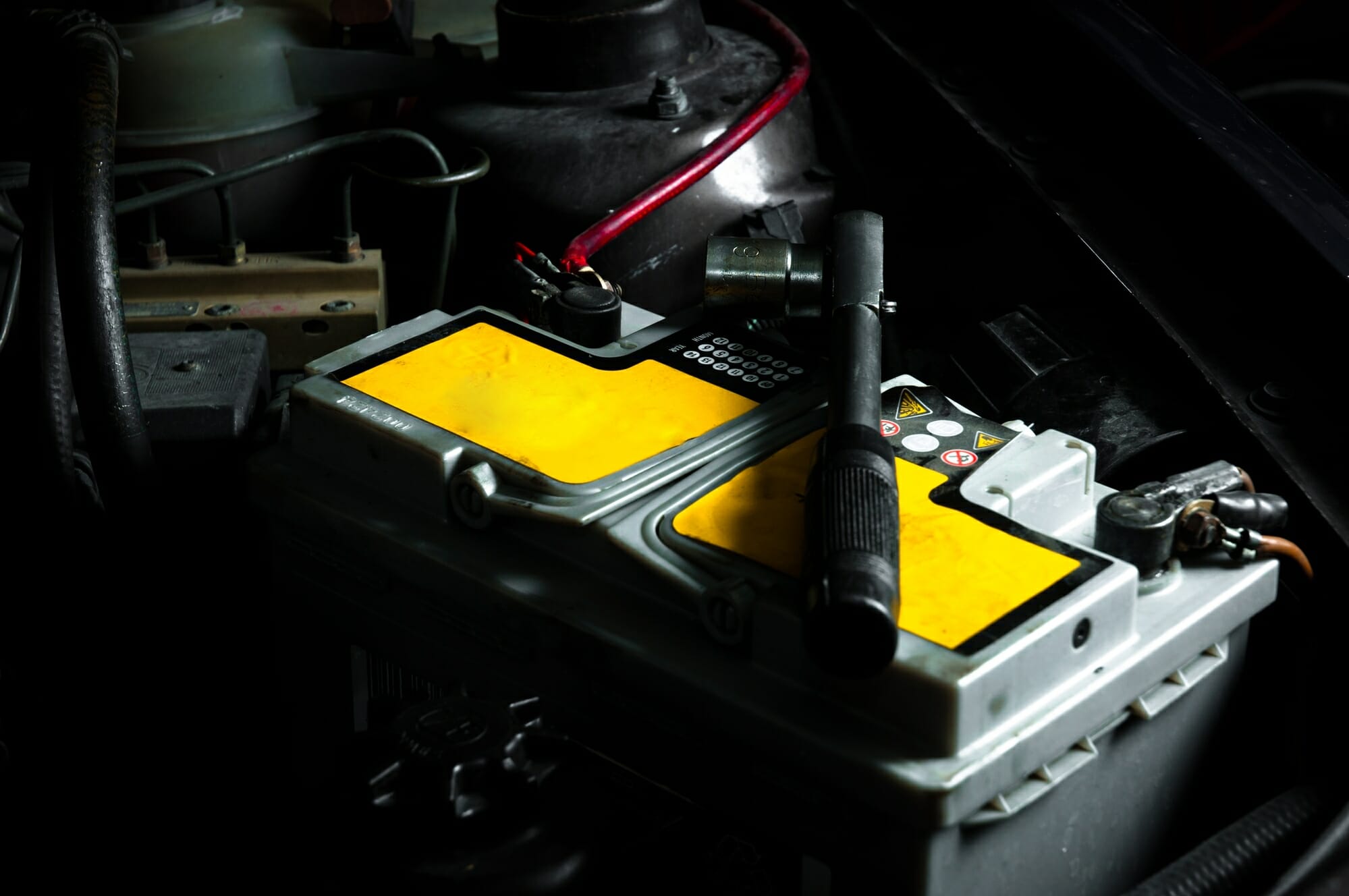You’re being smart by researching how to replace your battery. By doing so, you get to know your vehicle, and you get to save some cash. Here, we’ll go over everything you need to know about replacing the battery in your 2015 Kia Optima.
What kind of battery does the 2015 Kia Optima need?
An Optima – Red Top Battery, Group Size 35, 720 CCA. While there are other battery replacement options, many drivers agree that this is the best choice for Optima battery replacement.

Here, we’ll take a look at different battery groups, what you need to know about the difference between original equipment and aftermarket parts, and how to decide what type of new battery is the best fit for your 2015 Kia Optima.
Battery Group Sizes Explained
When you work to figure out what kind of battery you need for your vehicle, it can be tough to understand all of the different battery categories. While the onslaught of numbers can be overwhelming, there’s good news: The terminology behind auto batteries is pretty simple.
Each battery group size simply corresponds to the amount of space available in your car’s engine for a battery. As modern cars get more and more advanced and efficient, the space for the battery gets smaller and smaller. This means that there isn’t any spare room under the hood for a battery that isn’t quite the right fit.
When you choose your new battery for your Optima, above all else, you need to make sure you choose a battery in the Group Size that’s right for your vehicle.
Lead-Acid, Lithium-Ion, or SLI?
According to most automotive research, lithium-ion SLI (starting, lighting, and ignition) batteries will be the norm in most vehicles. They’re easier to maintain, more reliable, and better for the environment than lead-acid SLI batteries.
The downside? Cost. Currently, lithium-ion batteries are more expensive than lead-acid SLI batteries. Given a choice between the two, many drivers pick the cheaper option. If you’re thinking about making the switch to lithium-ion, be sure to keep an eye on the price of this choice over the coming years. As lead-acid SLIs fade out and lithium-ion SLIs grow in popularity, there may be a drop in the latter’s price.
OEM vs. AfterMarket: What’s the Difference?

OEM stands for original equipment manufacturer parts. This means that the part came directly from the maker of the vehicle. When a company decides to produce a part that’s not built for any specific model and that hasn’t been approved by the manufacturer, it’s aftermarket.
If you go to an auto parts store to purchase your new battery, you’ll likely get an aftermarket part. If you go to a dealer or order directly from the manufacturer, you’re more likely to get an OEM part.
There’s nothing necessarily wrong with aftermarket parts – you may simply have to do a little extra legwork to ensure that you’re getting the right size and type of part for your vehicle.
If You Do Go Aftermarket, Here’s What We Suggest
Choosing an aftermarket battery and not sure what to buy? No worries – we’ve got you covered. Here’s what we recommend: